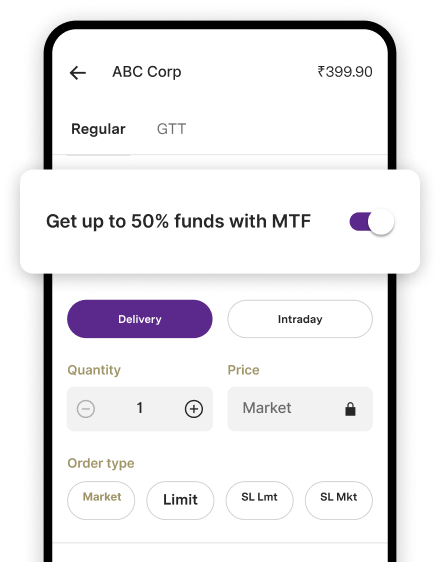What is Account Payee Cheque and How to Write, Make, & Fill: Meaning
Key features of an account payee cheque
-
One of the key features of an account payee cheque is that it has two parallel lines drawn across the top left corner of the cheque. These lines indicate that the cheque can only be deposited into an account and cannot be cashed. This added security measure helps to prevent fraud and unauthorized use of the cheque.
-
When an account payee cheque is deposited into a bank account, the funds are transferred from the account of the person or entity who wrote the cheque to the account of the person or entity that the cheque is made out to. This process typically takes several days to complete, as the cheque must clear through the banking system before the funds are transferred.
Things to keep in mind as regards account payee cheque
-
It's important to note that account payee cheques are not always accepted by every bank or financial institution. Some banks may only accept cheques that have been "cleared" by the issuing bank, which can add an extra step to the deposit process. Additionally, some banks may charge a fee for depositing an account payee cheque, so it's important to check with your bank to understand their policies and fees.
-
Another important aspect of account payee cheque is that it cannot be endorsed or transferred to another person. It is payable only to the person in whose name the cheque is issued. This makes it a safer option as compared to open cheque which can be easily endorsed and transferred to another person.
How to Write an Account Payee Cheque?
-
Start by filling in the date on the top right-hand corner of the cheque. This is the date on which the cheque is written.
-
Next, write the name of the person or entity that the cheque is made out to in the "Pay" line. This should be the name of the person or entity that the funds will be transferred to.
-
In the next line, write the amount of the cheque in numerical form. This should match the amount written in words on the next line.
-
In the line following the numerical amount, write out the amount of the cheque in words.
-
Draw two parallel lines across the top left-hand corner of the cheque, this is the account payee crossing. This will indicate that the cheque is an account payee cheque and can only be deposited into an account and cannot be cashed.
-
Sign the cheque on the bottom right-hand corner. Your signature is necessary to authorize the transfer of funds.
-
After writing the cheque, make sure to keep it in a safe place until it is deposited or delivered to the intended recipient.
How to Deposit or Encash A/C Payee Cheque
-
Endorse the cheque by signing on the back of the cheque.
-
Visit your bank or financial institution with the cheque, your identification, and your account number.
-
Fill out a deposit slip, including your account number and the amount of the cheque.
-
Hand the cheque, deposit slip, and identification to the teller.
-
Wait for the cheque to clear, which can take several days.
Never miss a trading opportunity with Margin Trading Facility
Enjoy 2X leverage on over 900+ stocks

